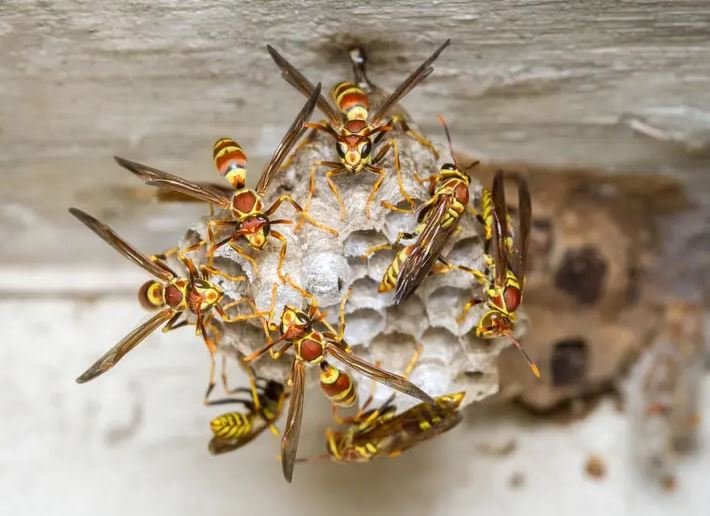Types of Wasps
Wasps are pests that are difficult to appreciate. They are usually regarded as a pest that must be eradicated, including their nests. Wasps, unlike bees, serve a useful purpose, and there are many distinct varieties of wasps found around the world.
Wasps are unusual insects that are neither ants nor bees, but look to be a hybrid of the two. Although they have thin, segmented bodies, stings, and dwelling habitats similar to bees, they are distinguished by their pointed lower abdomens, narrow waists, and legs with less hairs. Before we stir up the metaphoric wasp’s nest, there’s one more key distinction to understand: wasps may be hazardous and aggressive.
They have a variety of roles in the ecology, from pollinators to predators, and their exceptional ability to parasitize pests makes them invaluable in horticulture. They have such a well-known defense mechanism against dangers that we refer to them as “waspish” when they act angry or hostile.
Wasps are thought to number in the thousands, and they differ greatly in color, size, behaviors, and their interactions with the ecology. Wasps come in a wide range of colors and patterns, from typical yellows and browns to vibrant reds and blues, and they have a wide range of interactions with other animals.
Solitary Wasps
A surprising number of wasp species can survive in isolation; around 97 percent live in underground, tubular mud nests. They lay their eggs in these nests and then feed their larvae by bringing immobilized insects to their nests. Food acquisition tactics, on the other hand, may differ from species to species.
It’s tough to comment on solitary wasps as a whole because they differ so greatly in their nesting, predatory, and feeding behavior. However, the majority of them are remarkable predators who will go to amazing lengths to obtain their prey.
Social Wasps
Social wasps are relatively uncommon, accounting for only 3% of all wasps. These buzzing, flying insects don’t stick around for very long. In fact, they start new from scratch every spring, and they never build the same nest twice.
The Vespinae and Polistinae pest groups account for the bulk of social wasps. These wasps have a specific function; a caste system has been established, with one or more queens, a small number of drones, and infertile female wasps serving as workers. A single queen bee establishes the colony by building a small nest and laying eggs, which subsequently mature into pest workers.

